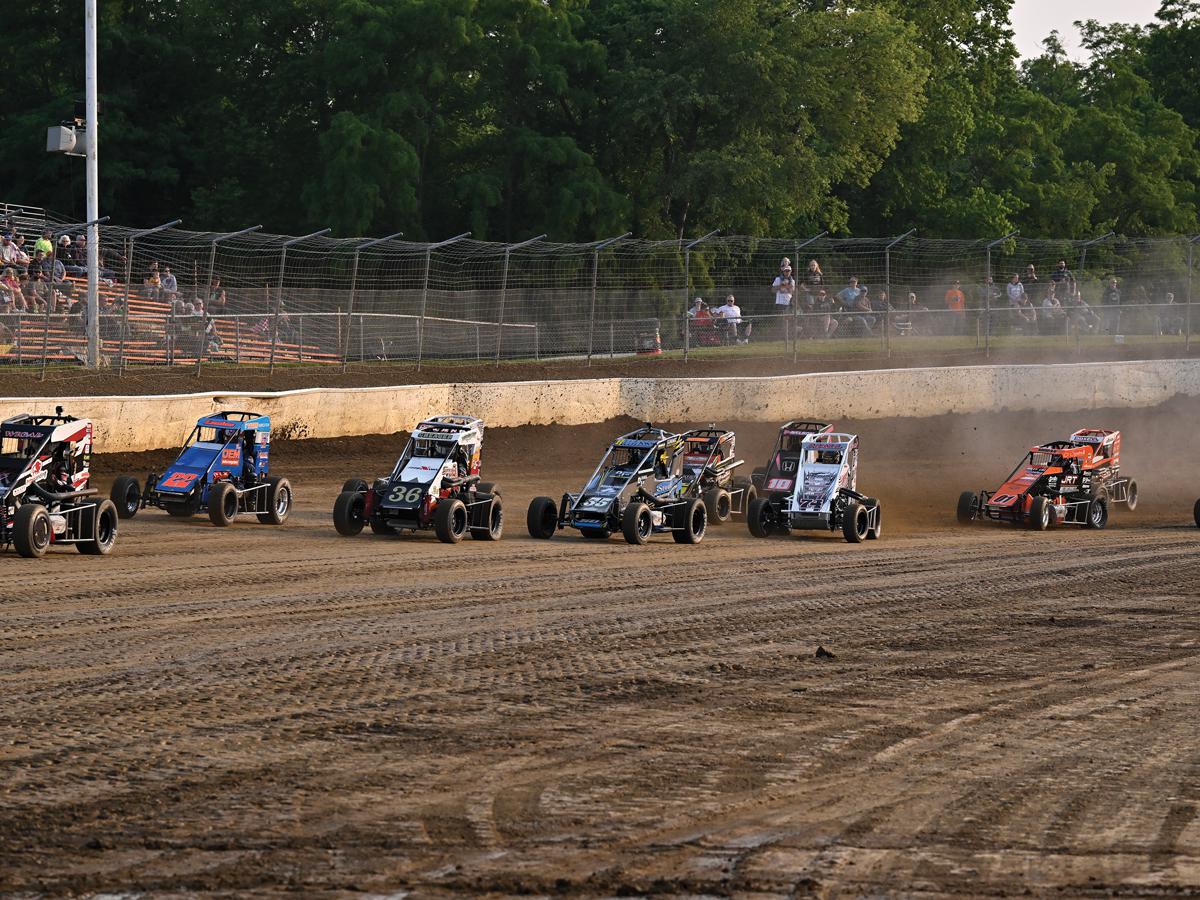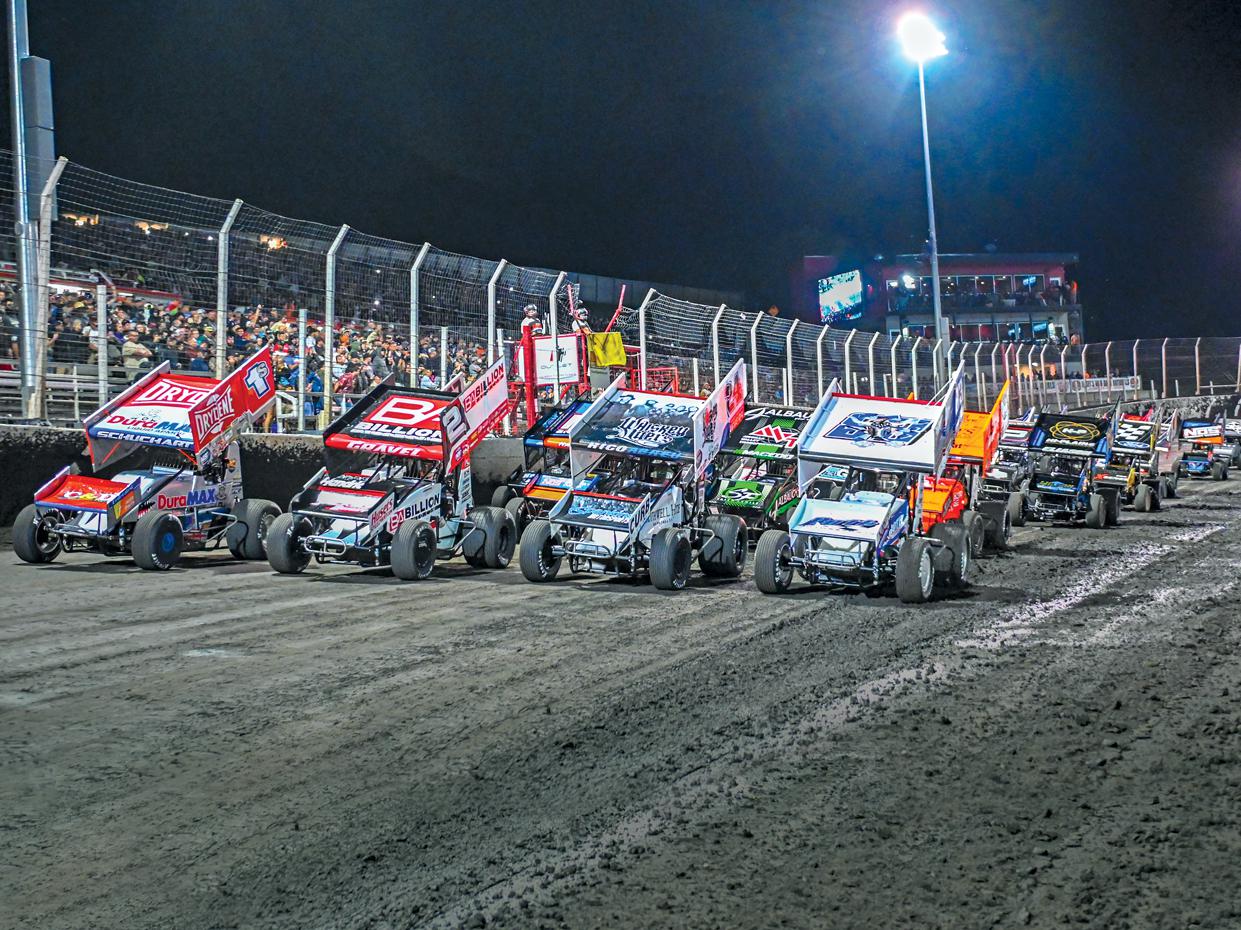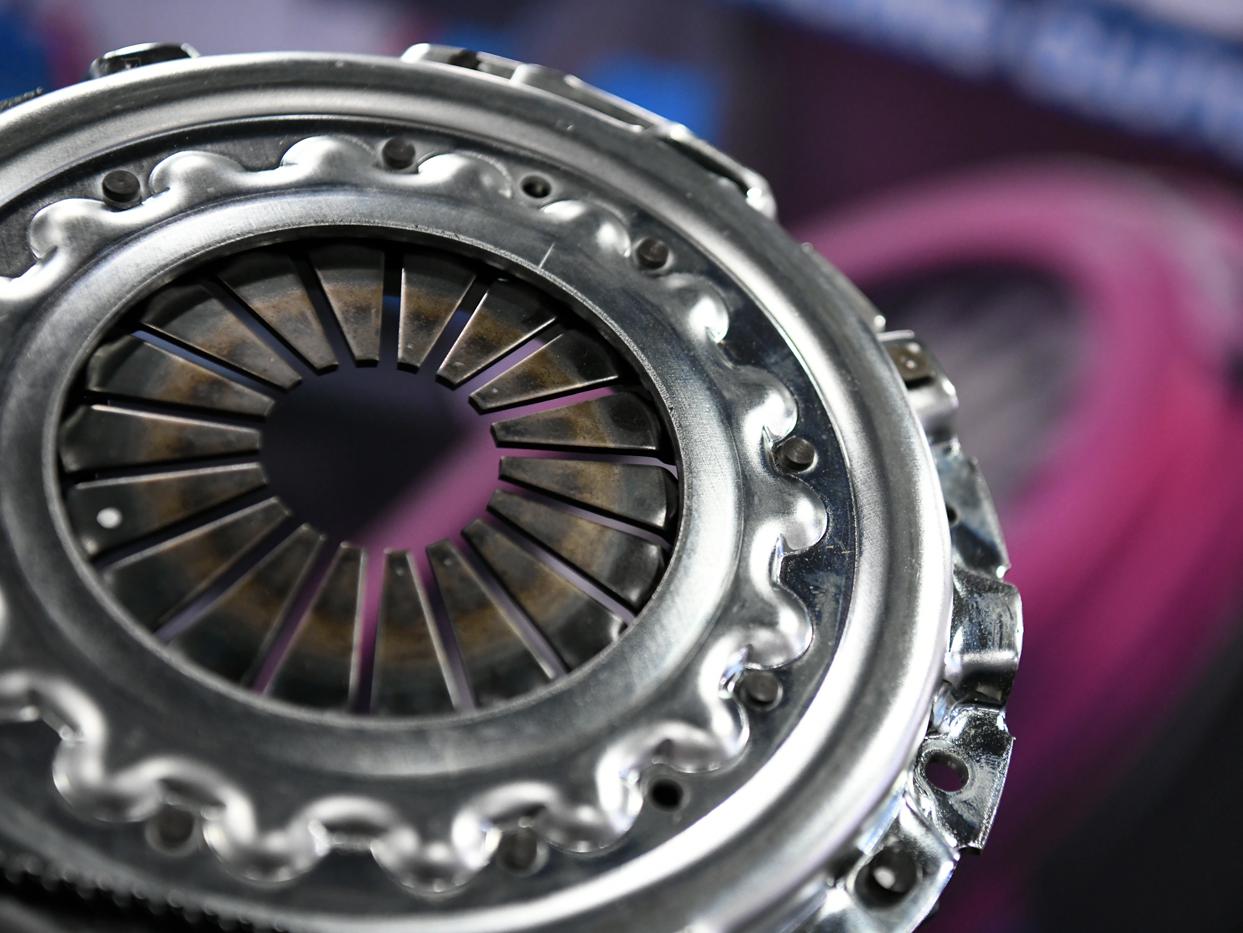Appealing to the Masses
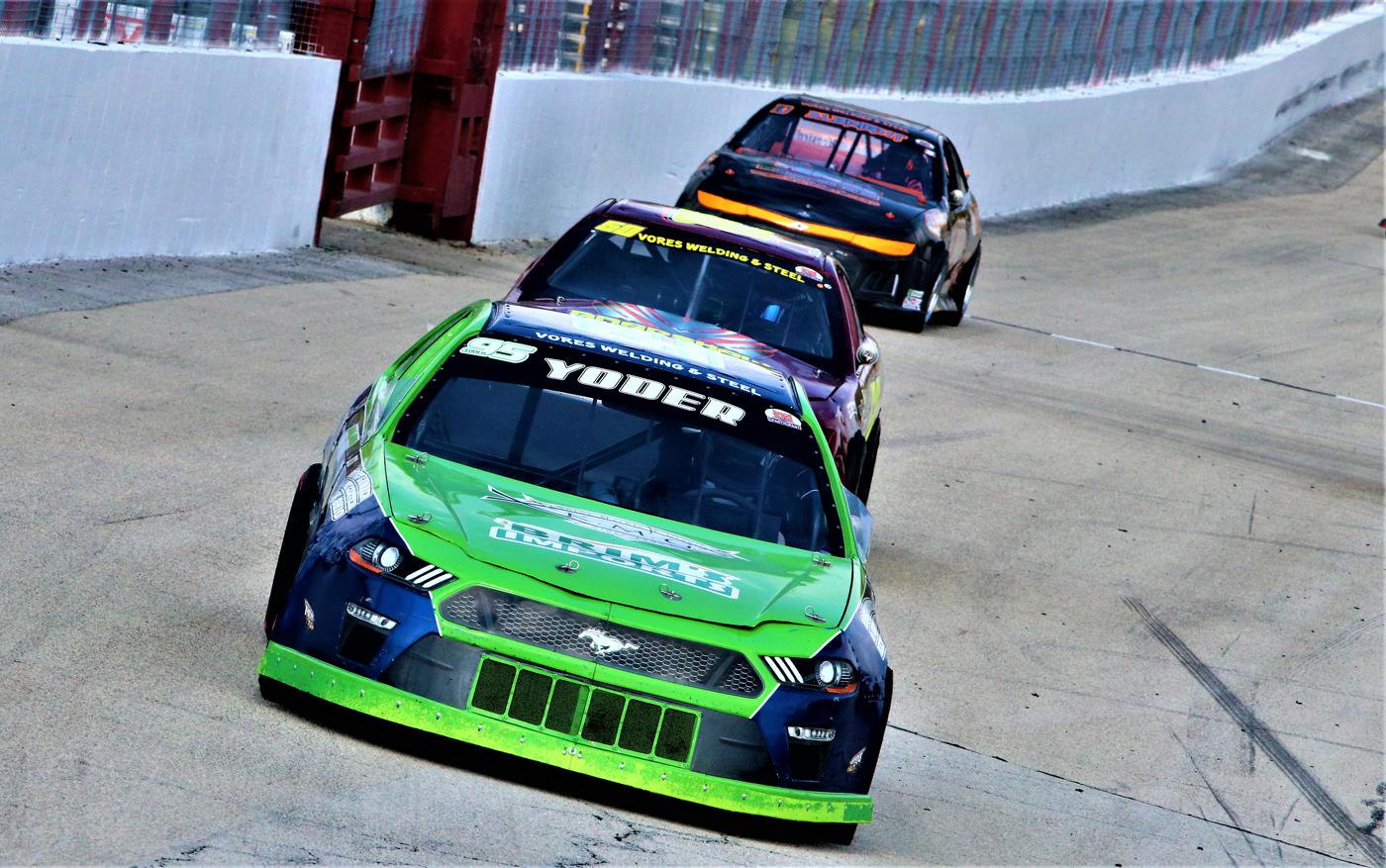
Long popular at the local level, sport compact andfront-wheel-drive oval track classes have been elevated to new heights in recent years by sanctioning bodies and touring series.
Sport compact oval track racing has come a long way in a relatively short amount of time. As Kelley Carlton of the Sport Compact Dirt Racing Association (SCDRA) in Woodruff, South Carolina, explained, early iterations of this type of competition began to crop up in the mid-2000s, and the division wasn’t considered much more than sideshow entertainment at the time.
“They had a division up at Lavonia Speedway in Georgia, and I just remember it being incredibly basic. To be honest, it kind of scared me. The cars didn’t have any cages or harnesses, no containment seats. It was just basically front-wheel-drive cars that had the glass knocked out and some numbers put on the doors.”
While problematic from a safety standpoint, there is an undeniable allure to a racing division that’s truly grassroots and more or less untethered from regulations. Much like the Crown Victoria oval track racing that’s becoming increasingly popular at tracks across the country, the fledgling division’s back-to-basics approach attracted a younger pool of drivers who tended to be focused on having fun rather than using the division as a steppingstone into a professional racing career.
“Today it’s the youngest demographic of any of our divisions,” explained Brett Root of International Motor Contest Association (IMCA), based in Vinton, Iowa. Root noted that the average age of sport compact competitors running with the sanctioning body is in the low 20s, whereas ages in divisions such as Late Models and sprint cars are typically in the high 30s and low 40s. “At our national banquet late last year, we had more sport compact competitors there than any other division—and it’s not our largest division. These folks are, in my estimation, racing for all the right reasons. This is about having fun competing more than anything else.”
But while some series have focused on keeping their sport compact divisions close to original concept—albeit with more comprehensive safety mandates—others have taken a different route that includes a more open ruleset and larger purses. This, in turn, has effectively created two distinct schools of thought when it comes to sport compact and front-wheel-drive oval track racing. But one commonality remains intact: Interest is strong across the board.
Divergent Paths
Over the years, IMCA has largely stuck to its original concept for the division: naturally aspirated four-cylinder, front-wheel-drive cars that are very close to factory stock (aside from safety requirements like fuel cells and cages). That keeps expenses low, not only from the standpoint of the cost of the cars—which are often sourced locally by racers from salvage yards or online ads as street cars and maintained using consumables from local auto parts stores—but also in terms of what it takes to be competitive, as the restricted ruleset discourages racers from focusing on creating sophisticated setups to find competitive advantages. That tactic appears to be working.
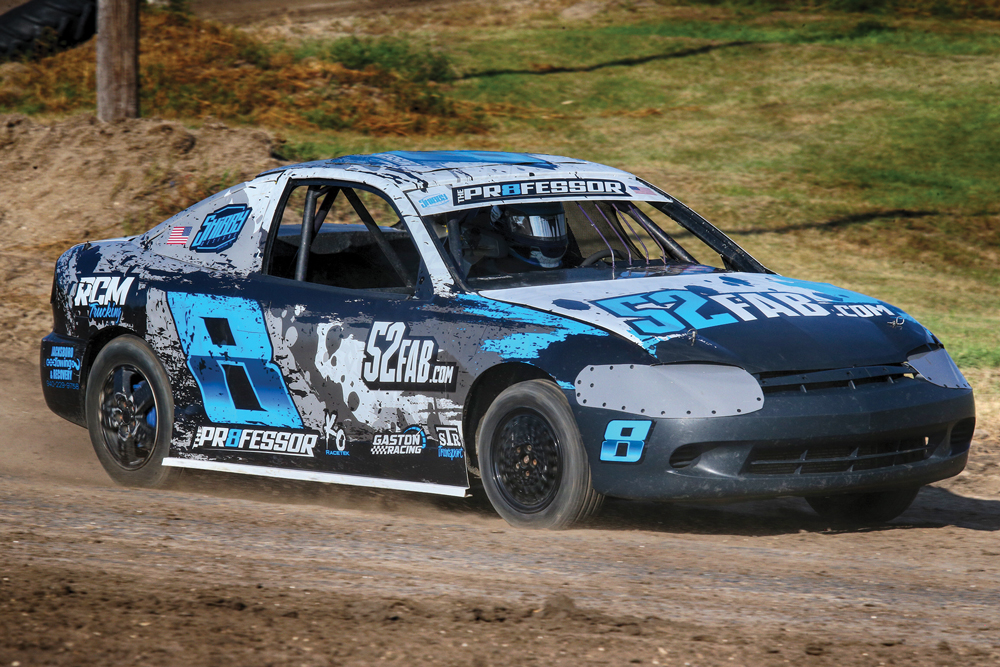
“In terms of what it takes to get the car on track and be competitive, I don’t think it gets any cheaper than this,” said Root. “The idea is to keep it basic and minimize the barrier to entry. That’s a priority for us. That gets these folks racing. Our vision has always been, ‘Okay, if you want racing wheels and tires, purpose-built engines, and things like that, there are other divisions in our organization that have that.’ We see a lot of our compact racers migrate into other divisions over time, but the compact division itself has a strong following. We have almost a thousand racers in the division, and this past season we were at roughly 50 race tracks across the country. It’s truly a national division.”
Other sanctioning organizations have followed a different ethos, offering a less restricted ruleset when it comes to performance modifications in their front-wheel-drive classes. While it has resulted in more costly builds—and an older racer demographic as a result—it has also translated to events at bigger tracks, often with significantly larger payouts.
“We wanted to get these racers to some of the greatest short tracks in the country,” said Dan Redmond of Vores Compact Touring Series (VCTS), Farmland, Indiana. “But you can’t go to fast, high-banked tracks like Winchester Speedway and Salem Speedway with stock compacts—it’s just not safe. So the goal was to put together cars that would keep the expense relatively low but would be safe to run at those types of facilities.”
As a result, VCTS created what it refers to as Pro Compacts, which have more open engine rules than stock-style sport compact divisions and allow for significant suspension and chassis upgrades, with weight minimums tied to engine displacement.
“Some term these as Outlaw Compacts,” explained Redmond. “With stock compacts, you’re still limited to things like steel wheels, stock suspensions, no camber, and things of that nature, whereas we allow all of that. But to level the playing field in Pro Compacts to maintain good competition and strong car counts at all our events, we require that everyone runs a one-inch air intake restrictor at all of our tracks, which we provide. That way, even if someone has a $10,000 engine in their car, they can only get so much power out of it with that much air going in. That helps the teams on smaller budgets stay competitive.”
The use of a restrictor also allows competitors to build their cars around the rulesets of sport compact divisions that offer even more leeway in terms of modifications without having to make significant changes to be eligible to compete in both series.
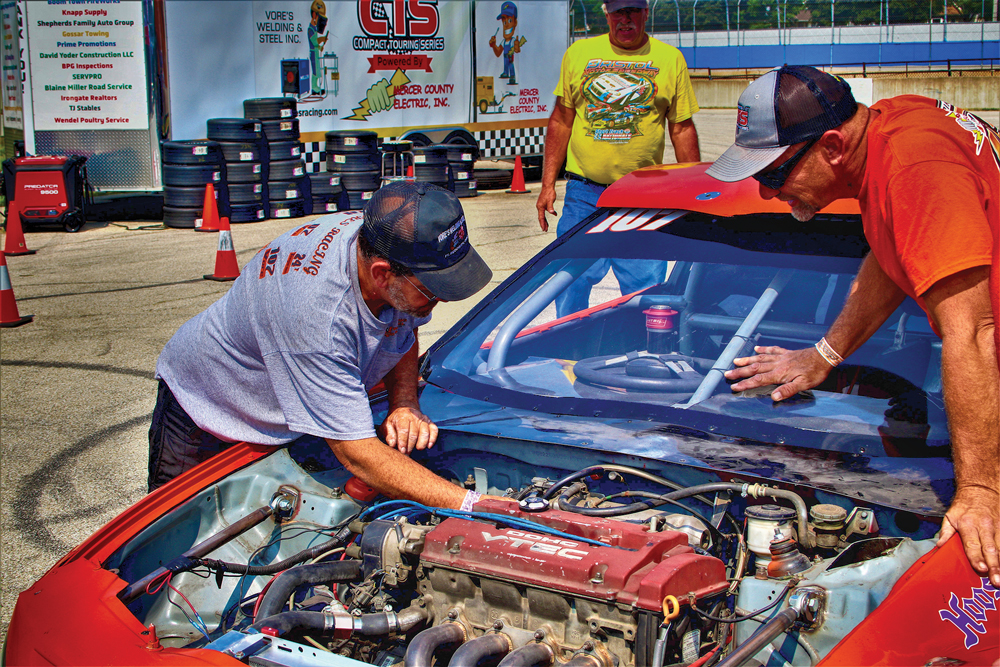
“We’ve never been a ‘knock the windows out and go racing’ type of series,” said Drew Jach of Midwest Dirt Compact Touring Series (MDCTS), Battle Creek, Michigan. “That’s allowed for the series to evolve from a performance standpoint. We give our drivers the freedom to build up their motors. While they have to be from the manufacturer of the car—a Honda in a Honda, if you will—they can build and tune them the way they want to within reason. While it’s not the Wild West when it comes to chassis and suspension stuff, they are allowed some freedom there as well.”
MDCTS requires the cars to run either a Hoosier 790 or a DOT-legal tire with a minimum treadwear rating of 200. Breaking with tradition, the series also allows four-cylinder-powered rear-wheel drive vehicles to compete in the same division, but Jach said that the front-wheel-drive vehicles are often the quicker machines.
“Our ruleset is more open because we have strong relationships with other compact series throughout the country,” he told us. “At some of our races, we bring the East Coast, Midwest, and the Southern series together for these events. But we try to keep our ruleset to where a driver can go between different series with minimal hassle. It’s not perfect—there’s a lot of give and take that needs to happen in order to make it work.”
Although this less-restricted ruleset has made racing in these divisions more costly, Carlton said that it hasn’t really had a negative impact on interest, and the events themselves have taken on a more professional look and feel as a result.
“Initially, one of the things that I felt was problematic was that sport compact just wasn’t getting the same level of respect as other divisions,” Carlton explained. “So we really encouraged the drivers to take some time to make their cars presentable and keep them maintained, and that really made a difference in the perception of the division. At this point, we could book 50 of these events a year if we wanted to. There’s actually a waiting list of race tracks that want to get involved.”
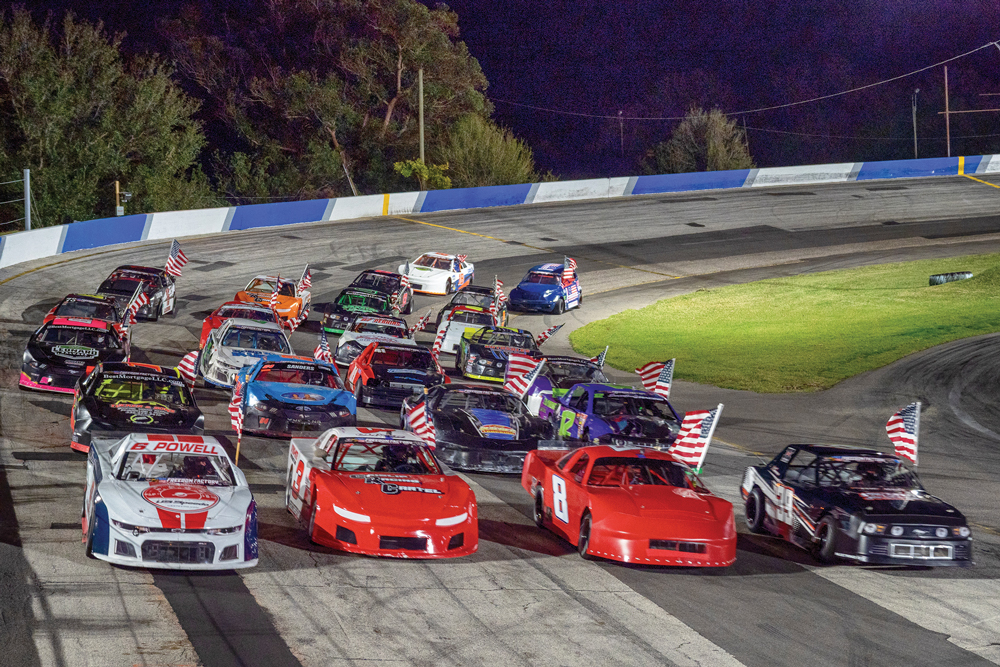
SCDRA tends to attract a different type of racer as compared to IMCA’s sport compact division due not only to the costs required to build a competitive car, but also because of the prize money involved. “These cars can still be built for $10,000 or $12,000, and drivers can race for $5,000 at least once a month,” Carlton noted. “Some events pay $12,000 to win, while the Winter Freeze race at Screven Motor Speedway pays $20,000 to win.”
Keeping Pace
Root said that while the IMCA’s sport compact division is in a good place, some changes are inevitable in the years ahead.
“It’s something we talk about regularly,” Root explained. “Eventually we’ll likely need to allow more makes and models into the division, which may usher in some six-cylinder cars as well. But it’s hard to do something to these things without ruining what you’ve got, and without making everything that the racers currently own uncompetitive. We’re always asking ourselves when the right time is for some of these changes, and that can be hard to pin down. But we have to stay aware of the fact that some of these vehicles and engines are getting scarcer simply by virtue of the fact that manufacturers’ designs changed over the years. We currently don’t allow engines with variable valve timing, for example, but non-VVT engines are getting harder to come by, so that could change down the line. If we allowed VVT, we’d probably implement some kind of restrictor rule rather than creating a separate division for those cars.”
Redmond said that while VCTS generally prefers to keep a consistent ruleset, its advisory board meets annually to take stock of the issues that need attention. “Something we often hear from drivers is that they love racing with some series, but they’re changing the rules constantly, and that’s costing them time and money. So it’s important for us to get drivers’ input before the rules come down; and once they do, we try extremely hard not to change anything during the season.” One of the few changes that VCTS has implemented for the 2024 season is the use of aftermarket body panels on the cars rather than mandating OE components throughout.
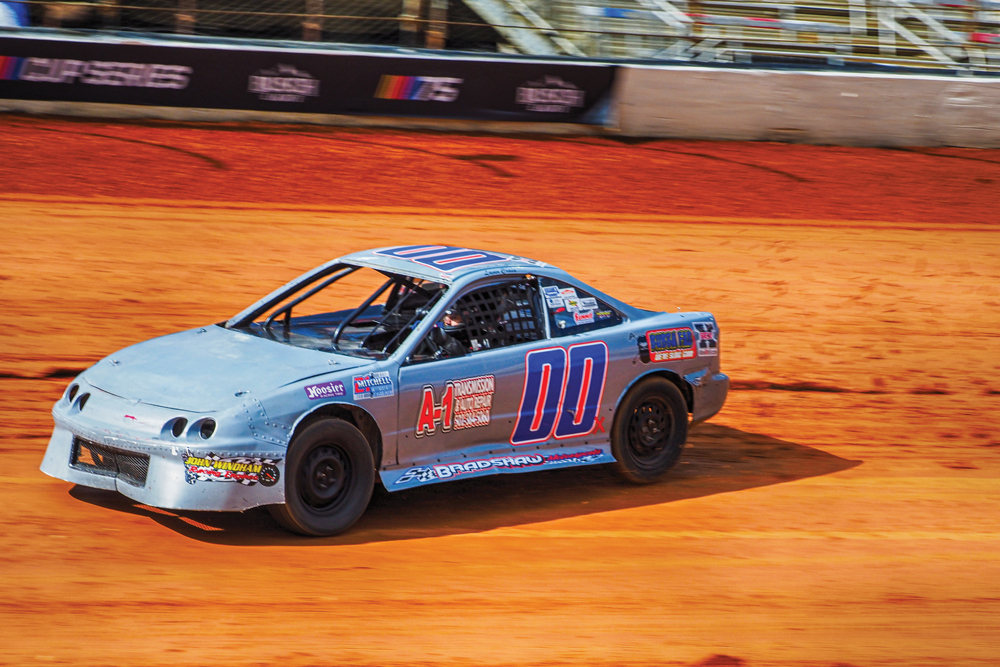
“Originally, the rules stated that a car had to look more or less stock—a Honda Prelude had to look like a Honda Prelude from front to back,” Redmond said. “But it was just getting incredibly difficult to find front bumpers that matched certain cars, and it had gotten to the point where racers were spending several hundred dollars just to get the right bumper from a junkyard. So we opened that up so they could go to Five Star or other suppliers and use a Camaro nose, or a Ford nose, if they wanted to. Now we’re extending that rule change to front fenders, rear fenders, and things like that, which helps from a cost standpoint. As availability of parts evolves over time, we want to do what’s right to keep the racing affordable while also making sure that this is still something that the fans want to come and see.”
SCDRA recently implemented a similar rule in its series as well. “We allow aftermarket nose pieces now, and we actually had some discussions with the folks at Five Star at the PRI Show about them potentially adding a product line specifically for these cars,” said Carlton. “As of right now, most of the racers in our series are already using the MD3 stuff that they produce for Late Models, and they’re just cutting it down to fit.”
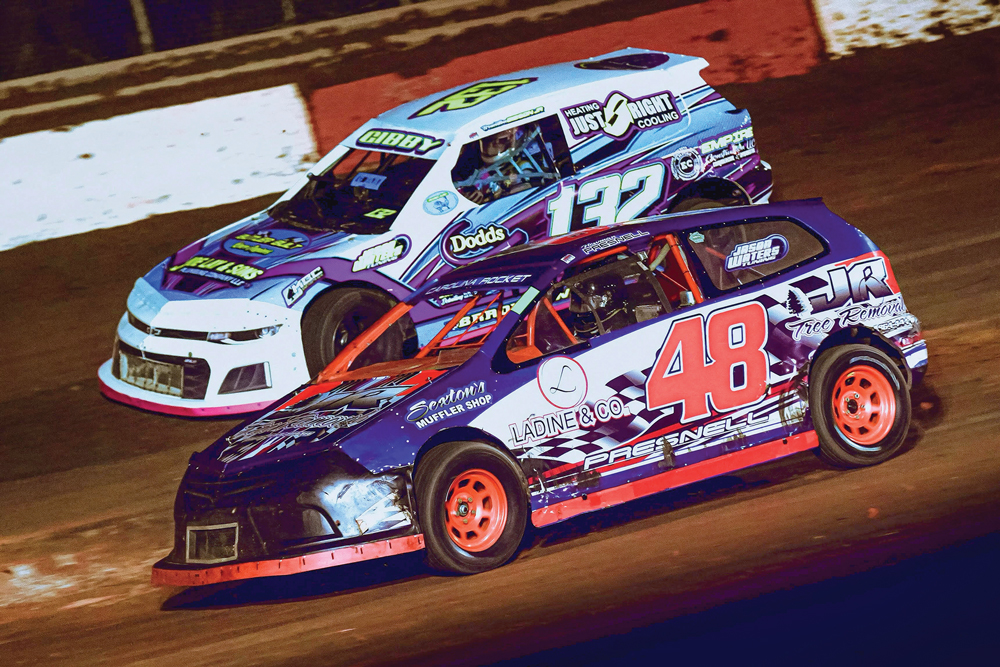
Jach pointed out that keeping costs in check helps these series maintain their lasting appeal. “Without some restraints, you run the risk of pricing the division out of affordability, which is part of what made it attractive to begin with,” he said. “Some of the motor builds and chassis modifications are already pushing that concept. Suddenly what was a $20,000 car build is now $30,000 or $40,000.”
MDCTS’s current ruleset requires stock A and C pillars, along with a stock-appearing floor pan, but racers can use an aftermarket roof. Jach doubts it will go much further than that. “We’re starting to see some tracks allowing tubular four-cylinder chassis, but I don’t foresee us ever going that route. At a certain point, if it gets too expensive, the racers are just going to start looking at other divisions,” he explained.
SOURCES
International Motor Contest Association
imca.com
Midwest Dirt Compact Touring Series
midwestdirtracing.com
Sport Compact Dirt Racing Association
scdra.net
Vores Compact Touring Series
voresracing.com
 MEMBERSHIP LOGIN
MEMBERSHIP LOGIN JOIN PRI
JOIN PRI
